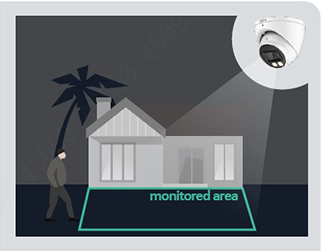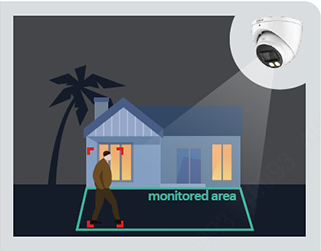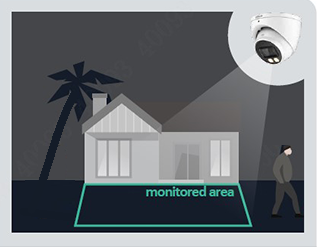|
Here's an explanation of the key components and functionalities of Dual Light CCTV:
Dual Light CCTV stands at the forefront of contemporary surveillance technologies, employing a sophisticated system that seamlessly integrates two distinct illumination technologies—Infrared (IR) and White Light. This strategic combination is meticulously designed to elevate visibility and capture unparalleled high-quality video footage across a diverse range of lighting conditions. The overarching objective of incorporating dual light technology is to transcend the constraints inherent in single-light systems, offering a security solution that caters to the dynamic needs of modern surveillance.
A comprehensive exploration of the key components and functionalities of Dual Light CCTV provides a deeper understanding of its nuanced capabilities:
-
Infrared (IR) Illumination:
- In low-light or complete darkness scenarios, the Dual Light CCTV system comes to life with the activation of Infrared (IR) illuminators. Emitting infrared light, imperceptible to the human eye but discernible by the camera's sensor, IR illumination becomes the bedrock for capturing monochromatic (black and white) video footage in conditions where ambient lighting is scarce.
- The prowess of IR illumination extends the system's surveillance capabilities well into the night, ensuring that critical details are captured with precision and clarity, even in challenging lighting environments.
-
-
White Light Illumination:
- A pivotal feature of Dual Light CCTV emerges when the system detects a target or an event of interest, seamlessly transitioning to White Light illumination. Unlike IR, White Light is visible to the human eye and facilitates full-color video recording.
- The strategic activation of White Light serves a dual purpose—it acts as a proactive deterrent, dissuading potential intruders or unwanted guests by bathing the area in illumination while making the presence of the surveillance system unmistakably apparent.
-
The Infrared and White Light technologies represents a shift in surveillance strategies. It is not merely about capturing video footage; it is about orchestrating a dynamic interplay of illumination modes to adapt to the ever-changing lighting conditions, ensuring that the surveillance system remains robust and effective at all times. The integration of Dual Light CCTV transcends mere functionality; it is a testament to the commitment to comprehensive security coverage in an increasingly complex and demanding security landscape.
  
|

